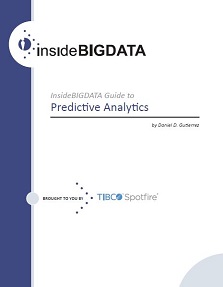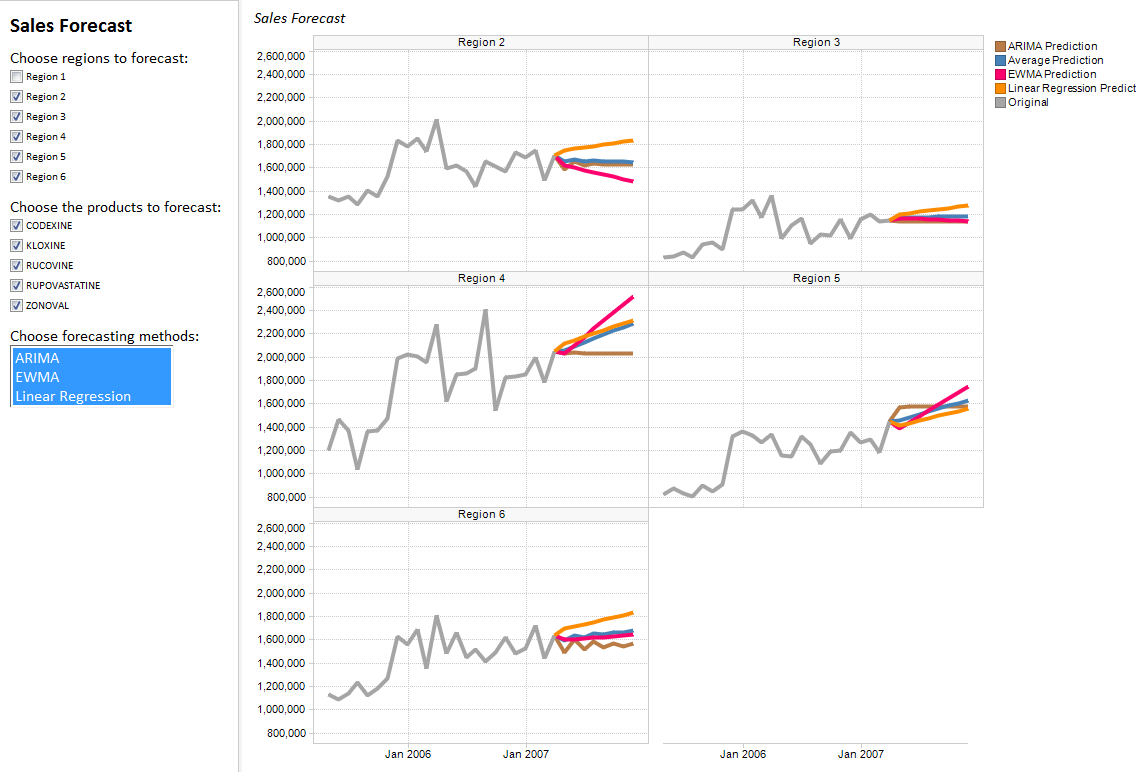This article is the second in an editorial series that will review how predictive analytics helps your organization predict with confidence what will happen next so that you can make smarter decisions and improve business outcomes..
It is important to adopt a predictive analytics solution that meets the specific needs of different users and skill sets from beginners, to experienced analysts, to data scientists as mentioned in last week’s article.
 The need for predictive analytics in the enterprise is clear, as it can provide smarter analysis for better decision making, increased market competitiveness, a direct path in taking advantage of market opportunity and threats, a way to reduce uncertainty and manage risk, an approach to proactively plan and act, discovery of meaningful patterns, and the means to anticipate and react to emerging trends.
The need for predictive analytics in the enterprise is clear, as it can provide smarter analysis for better decision making, increased market competitiveness, a direct path in taking advantage of market opportunity and threats, a way to reduce uncertainty and manage risk, an approach to proactively plan and act, discovery of meaningful patterns, and the means to anticipate and react to emerging trends.
Advanced quantitative analysis has demonstrated benefits in a wide cross section of industries and domains. Many classes of business problems can be solved with predictive analytics, here are just a few:
- Sales forecasting – predict what you should expect to book this month or this quarter, taking into account your historical conversion rates, i.e. what your sales team’s winning percentage on similar opportunities has been like in the past, coupled with your current sales pipeline, i.e. the number of opportunities your team is working on within this time window.
- Fraud detection – find inaccurate credit applications, fraudulent transactions both done offline and online, identity thefts, false insurance claims, etc.
- Retail campaign optimization – allows marketers to model outcomes of campaigns based on a deep analysis of customer behaviors, preferences, and profile data.
- Marketing & customer analytics – collect data from digital marketing, social media, call centers, mobile apps, etc. and use the information on what customers have done in the past to gauge what they may do in the future.
- HR analytics – enable organizations to analyze the past and look forward to spot trends in key factors related to voluntary termination, absences and other sources of risk, as well as identifying trends in required skill sets vs. current resources.
- Risk management – predict the best portfolio to maximize return in capital asset pricing model and probabilistic risk assessment to yield accurate forecasts.

Predictive analytics for sales forecasting provides targeted, relevant predictive analytics to a broad spectrum of business users to improve decision making. Image courtesy of TIBCO Spotfire.
Next week’s article will look at Classes of Predictive Analytics. If you prefer the complete insideBIGDATA Guide to Predictive Analytics is available for download in PDF from the insideBIGDATA White Paper Library, courtesy of TIBCO Software.




Speak Your Mind